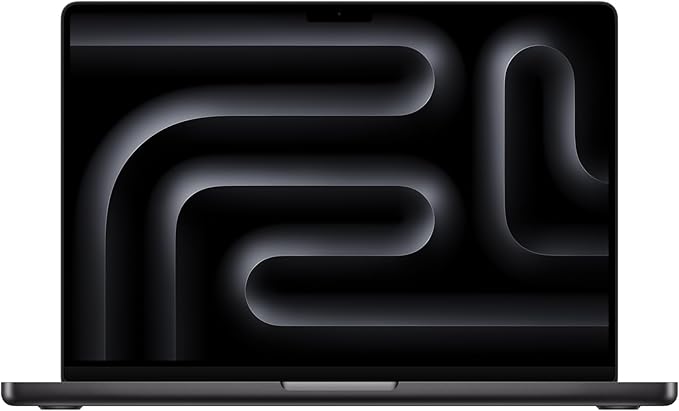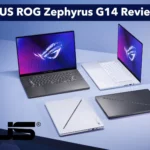AI image generation is no longer a niche hobby. From Stable Diffusion to MidJourney alternatives, creatives and professionals are now running powerful models on their own laptops. But here’s the thing: not every laptop can handle the heavy lifting. These models demand strong GPUs, plenty of VRAM, fast storage, and enough RAM to keep everything smooth.
If you’re wondering which laptop is right for you, don’t worry — I’ve done the homework. Below, you’ll find a detailed, easy-to-read guide to the best laptops for AI image generation in 2025. I’ll cover the latest models, highlight their strengths and weaknesses, and give you a side-by-side comparison so you know exactly what you’re getting.
What to Look for in a Laptop for AI Image Generation
Before jumping into the reviews, let’s clear up what actually matters:
- GPU & VRAM: The most important part. You’ll want at least 12–16GB VRAM to run mid-sized models, but 24GB or more if you’re doing high-res images or batch generation.
- RAM: 32GB is a safe baseline. Go for 64GB if you multitask heavily or train models.
- Storage: AI models are huge. A fast 1TB NVMe SSD is the bare minimum.
- Cooling: Generative AI loads stress a GPU for hours, so thermals matter more than you think.
- OS & Ecosystem: Windows laptops work best for CUDA-heavy workflows. MacBooks shine for optimized ML frameworks like Core ML.
See also: Best Laptops for AI and ML
Top Picks for 2025
1. Razer Blade 18 (2025) — The Powerhouse
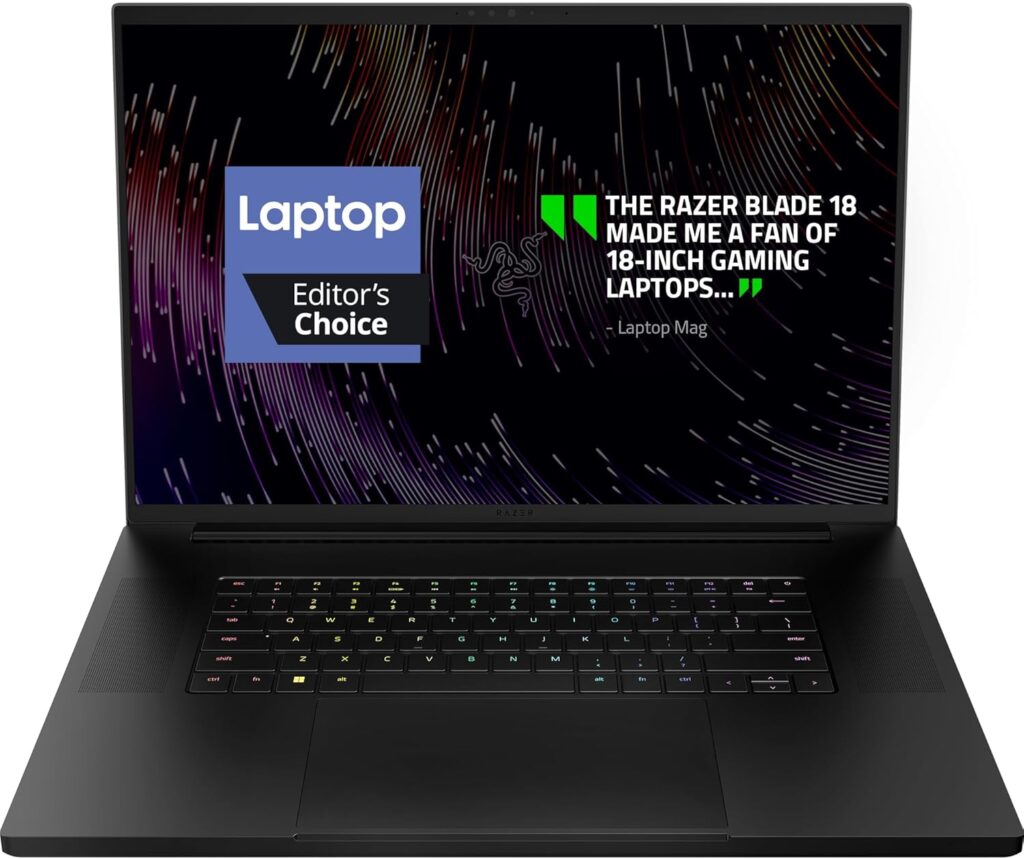
If you want raw horsepower, the Razer Blade 18 is as close as you’ll get to a portable desktop. With options for NVIDIA’s latest RTX 50-series GPUs, it’s built for heavy AI image workloads.
Key Specs (example config):
- GPU: NVIDIA RTX 5090/5080 mobile
- CPU: Intel Core Ultra H-series
- RAM: 32–96GB DDR5
- Storage: 1TB+ NVMe (expandable)
- Display: 18″ QHD+ / 4K, high refresh
Pros:
- Top-tier GPU options
- Large, stunning display
- Strong cooling system
Cons:
- Very expensive
- Heavy, not travel-friendly
- Battery drains fast under load
👉 Best for creators who want no compromise performance.
2. ASUS ROG Zephyrus G16 / ProArt P16 — Best for Creatives
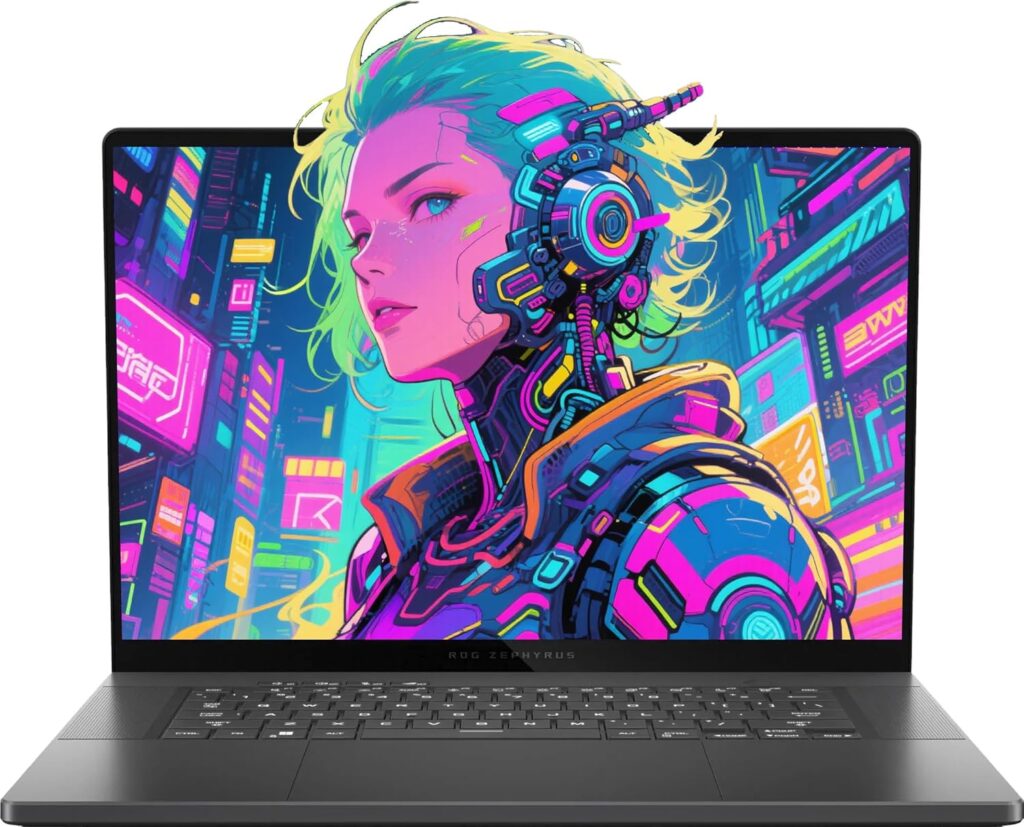
The ASUS Zephyrus G16 (or creator-focused ProArt P16) balances serious GPU muscle with gorgeous OLED displays. Perfect if you care as much about visuals as raw performance.
Key Specs (typical config):
- GPU: NVIDIA RTX 4070–4080 (some RTX 50 options emerging)
- CPU: Intel Core Ultra / AMD Ryzen HX
- RAM: 32GB (expandable)
- Storage: 1TB–2TB NVMe
- Display: 16” OLED, 240Hz
Pros:
- Color-accurate OLED panels
- Lightweight for the power
- Good thermal design
Cons:
- Not as powerful as 18” giants
- Can get loud at full load
👉 Best for digital artists who want a mix of power, portability, and accurate visuals.
3. MacBook Pro (M4 Family) — Best for Apple Users
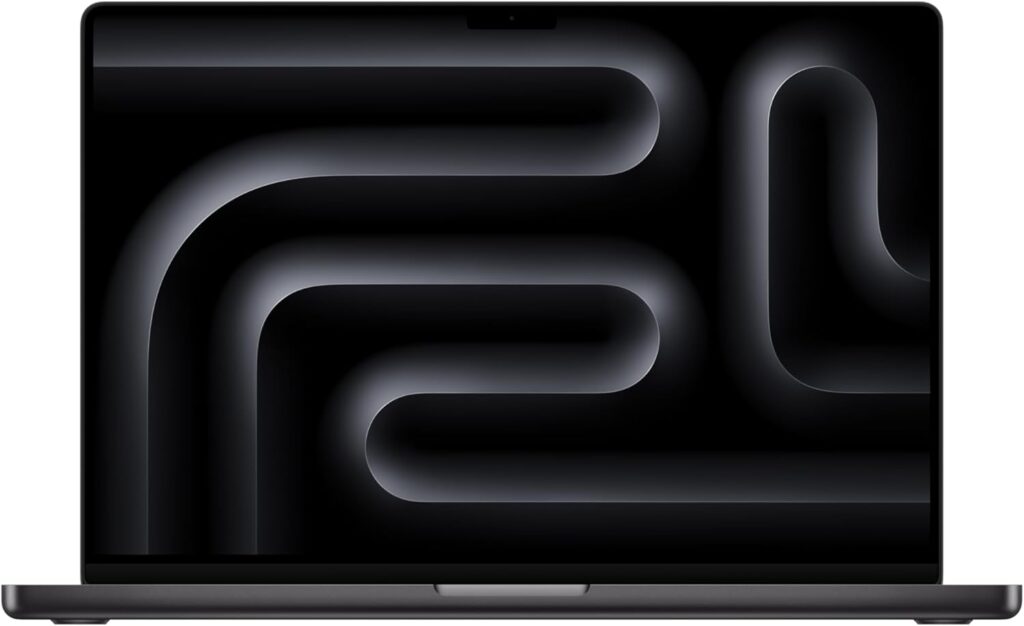
Apple’s new M4 MacBook Pros are a dream if you’re in the macOS ecosystem. They don’t run CUDA workloads, but they shine for Apple-optimized AI tools. Plus, the battery life is unbeatable.
Key Specs:
- SoC: Apple M4 / M4 Pro / M4 Max
- Unified RAM: 16–128GB
- Storage: 512GB–8TB SSD
- Display: 14″ or 16″ Liquid Retina XDR
Pros:
- Outstanding battery life
- Very efficient ML performance
- Beautiful display
Cons:
- Limited compatibility with CUDA-based models
- High price for upgrades
👉 Best if you use Apple’s ML stack or want a quiet, efficient work machine.
4. Dell XPS 15 (9530) — Portable All-Rounder
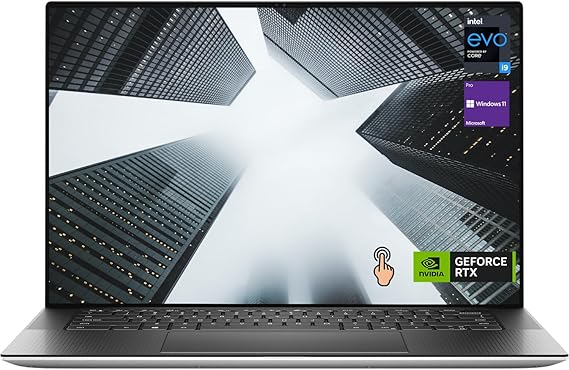
If you want something powerful but not bulky, the Dell XPS 15 is a refined option with RTX 40-series GPUs. It’s slim, premium, and practical.
Key Specs:
- GPU: RTX 4060–4070 mobile
- CPU: 13th Gen Intel H-series
- RAM: 16–64GB
- Storage: up to 2TB NVMe
- Display: 15.6″ OLED / UHD
Pros:
- Sleek and portable
- High-quality build and display
- Solid performance for mid-heavy AI tasks
Cons:
- Not as powerful as larger models
- Thin chassis = potential thermal throttling
👉 Best for professionals who need power in a portable package.
See also: Dell XPS 15 (2025) Review
Comparison Table
| Laptop | GPU Options | RAM | Best For |
|---|---|---|---|
| Razer Blade 18 (2025) | RTX 5090/5080 | 32–96GB | Heavy local AI, big models |
| ASUS Zephyrus G16 / ProArt P16 | RTX 4070–4080 | 32GB | Artists, color-critical work |
| MacBook Pro M4 | M4 Pro / Max | 16–128GB | Apple ML users, efficiency |
| Dell XPS 15 (9530) | RTX 4060–4070 | 16–64GB | Balanced pro use, portability |
See also: Best Laptops for AI Development
FAQs
Not necessarily. An RTX 4060 or 4070 can handle smaller models just fine, but if you want to run high-res or batch processes, more VRAM (24GB+) is worth the investment.
Yes, but only if you use Apple-optimized tools. CUDA-only workflows are better on Windows/NVIDIA laptops.
32GB is the sweet spot. If you multitask or fine-tune models, go for 64GB.
Final Thoughts
The best laptop for AI image generation really depends on your workflow. If you want sheer brute force, the Razer Blade 18 is unbeatable. For a balance of power and creator-friendly design, the ASUS Zephyrus G16 or ProArt P16 are excellent. If you live in the Apple ecosystem, the M4 MacBook Pro is a smart choice. And if you want something sleek yet capable, the Dell XPS 15 delivers.
Bottom line: choose the laptop that matches your needs, not just the biggest GPU. With the right balance, you’ll have a machine that can handle AI image generation today and stay future-proof for years.

